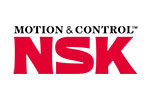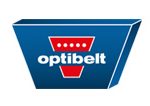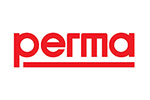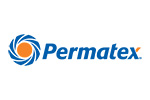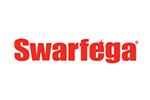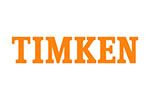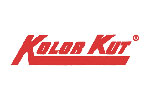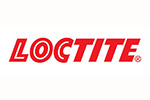Hazardous Location AC Motors
Specification :
Hazardous location AC motors are for use in areas where ignition is possible due to the presence of hazardous vapors or combustible dusts. They come with sturdy enclosures since these AC motors have carbon brushes that produce some sparking requiring the enclosures to be built with thicker walls and longer flanges where the end bells and the frame meet. The additional strength allows the motor’s enclosure to handle the pressure from an internal ignition and prevent flames from spreading. Motors have field wiring that must be completed in a separate or attached wiring compartment that has the same hazardous location class and group standards as the motor. They are commonly used in chemical plants, flour mills, grain elevators, oil refineries, paint shops, petroleum storage areas, and in automotive and manufacturing applications.



